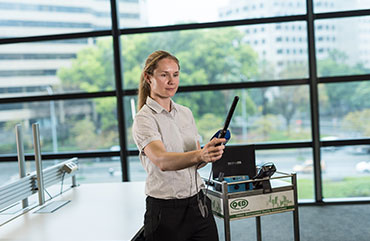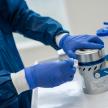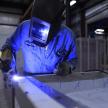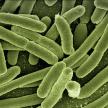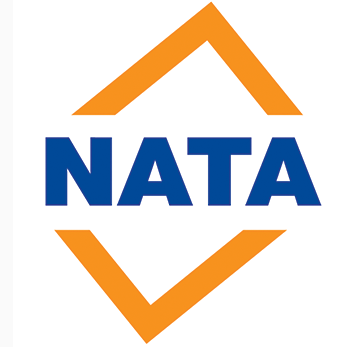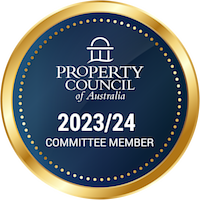What is mould?
Mould (or mold or mildew) refers to fungi that grow in the form of multicellular thread-like structures named hyphae, and which can produce spores.
One question we get asked on a regular basis is what is the difference between mould and mildew? There is actually no difference – it is just different names for the same thing.
What about black toxic mould?
Just because a mould is black, does not mean it is toxic.
Known as Stachybotrys chartarum “black toxic mould” that you will read about in any mould article on the web is a dark black mould, that can grow in water damaged areas. However, it has not been proven to be ‘toxic’, and while it should be removed as soon as possible - just like any other mould growing in a place it shouldn’t be, it is not something that you should be scared of.
The health impact of mould in humans
As a general rule mould will not cause infection in normally healthy people, with most health effects being allergy type symptoms, including:
- Asthma
- Headache
- Nausea
- Exhaustion
- Nose bleeds
- Burning eyes
What causes mould?
Mould essentially needs 3 things to flourish:
- A source of water
- A source of nutrients
- A source of air
It will come as no surprise that mould thrives in damp areas, which are most often the result of one or more of the following occurring in the affected area:
- Water ingress
- Flooding
- Condensation
- Leaks
- Capillary action – otherwise known as rising damp
- Steam
- Lack of ventilation
If you have noticed mould on your premises, it is important to understand where the source of the water is that is contributing to the mould growth, and rectify this. Without removing the source of moisture, mould will continue to flourish.
Mould testing & remediation
If you notice significant mould build up in any area or your staff have health concerns, it is important to contact a professional to have the situation correctly assessed.
One of the most common issues with mould is not addressing the original cause of the moisture that is allowing mould growth, and simply masking the problem for a short period of time through cleaning the area.
Engaging an independent professional to conduct a thorough assessment of the affected area and create a scope of works for a remediation plan is the best course of action.
When choosing the right contractor to engage consider the following:
- Qualifications – do they have the correct and most up to date credentials?
- Experience – do they have a proven track record and suitable experience?
- Independence – are they working for a third party rather than you? For example have they been engaged by your insurance company? Do they have a mould cleaning business that may get work from a report of mould in your house?
- IICRC Certification - The IICRC, or the Institute of Inspection, Cleaning and Restoration Certification, is the non-profit certifying body for the cleaning and restoration industry, and is a good place to find contractors who understand mould remediation.
Post remediation inspection – what to look for once the mould is removed
Once the mould remediation is complete it is important to ensure that all mould has been removed and the source of moisture has been fixed. In some cases, a post remediation inspection by a professional is recommended.
Our qualified staff are very experienced in dealing with mould issues, and can help with the investigation of and provide a scope of works for remediation of any mould problem.
For more information, or to book your consultation contact us today.
We also recommend you download our latest whitepaper: Mould Causation, Prevention & Remediation to learn more, or the WA Health Guidelines for Managing Mould and Dampness Related Public Health Risks in Buildings.



